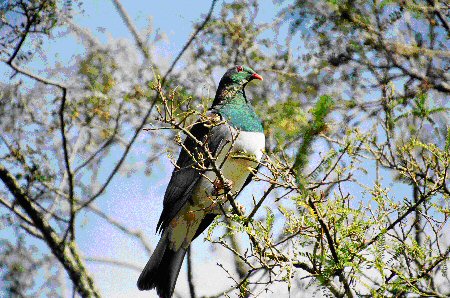You have gotten used to the placid view of Creggan Churchyard. Still used today as the burial place of those of both faiths in the neighbourhood, it is celebrated rightly as the final home of the last bards of the twilight age of the old Gaelic order in the Kingdom of the Fews.
Creggan
The poets worked under the patronage of the O’Neill clan, a sub-sect of the Great O’Neills of Tyrone, which ruled here before the Flight of the Earls. These bards became the foremost of the whole island, a surviving island of Gaelic culture existing in this remarkably small area.
They were scholars surely but certainly not saints. Indeed they are celebrated in memory as much for their riotous lifestyle, their devilment and skulduggery as for the captivating power of their words. Also their only language was Gaelic and few today are able to read and appreciate their poetry as written. But as always happens, the reputation attracts to their side others of similar talent and persuasion. As well as the celebrated Padraig Mac a Liondain (1685-1733), Seamus Mor MacMurchadha (1720-1750) and Art MacCumhaigh (1738-1773) who lie here, there was also, for example, Seamus Dall MacCurtha from neighbouring Omeath and Cathal Bui Mac Giolla Ghunna from Fermanagh.
The last-named was such a rake that a local cleric threatened with ‘seven curses’ any parishioner who dared offer hospitality to him. Mac Giolla Ghunna, when he learned this, disguised himself as an old vagrant woman and won overnight refuge himself in the priest’s house. When he left the next morning there was a verse written on the wall:
D’fhag tu seacht mallacht, a shagairt a chroi
Ar an te bhearfadh ceanthru do Chathal Bhui
Tu fein a thug ceathru do Chatral Bhui
Agus thit na seach mallacht anuas ar do thigh.’
As if this was not insult enough, the priest discovered that he was seven times cursed with the loss of his property: gone were his walking stick, his riding whip, his tall hat, his overcoat, his horse, his dog AND his maid.
While his fellow poets are buried in Creggan, Mac Giolla Ghunna’s remains rest in neighbouring Donaghmoyne.
… 17th Century Happenings …
